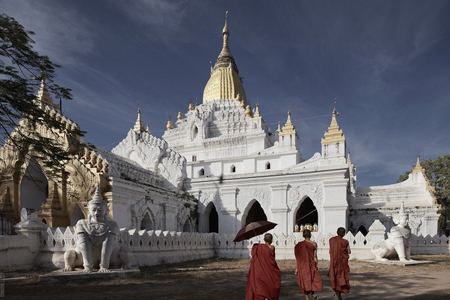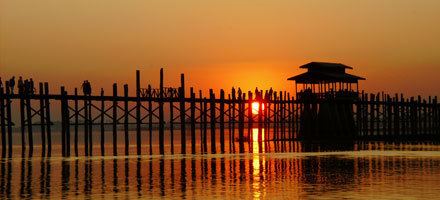Time zone MST (UTC6:30) Local time Monday 10:18 PM Date dissolved 1859 | Township Amarapura Township Founded 1783 Area code 2 | |
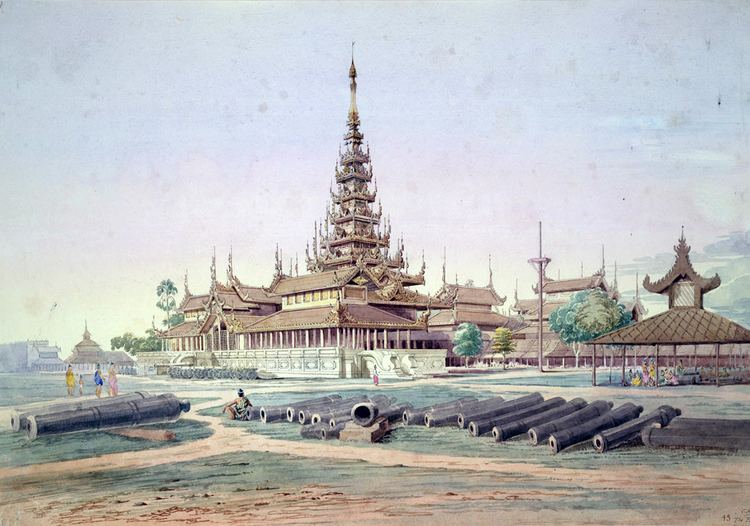 | ||
Weather 24°C, Wind E at 6 km/h, 39% Humidity | ||
Amarapura (Burmese: အမရပူရ, [ʔəməɹa̰pùɹa̰]) is a former capital of Myanmar, and now a township of Mandalay. Amarapura is bounded by the Irrawaddy river in the west, Chanmyathazi Township in the north, and the ancient capital site of Ava (Inwa) in the south. It was the capital of Myanmar twice during the Konbaung period (1783–1821 and 1842–1859) before finally being supplanted by Mandalay 11 km north in 1859. It is historically referred to as Taungmyo (Southern City) in relation to Mandalay. Amarapura today is part of Mandalay, as a result of urban sprawl. The township is known today for its traditional silk and cotton weaving, and bronze casting. It is a popular tourist day-trip destination from Mandalay.
Contents
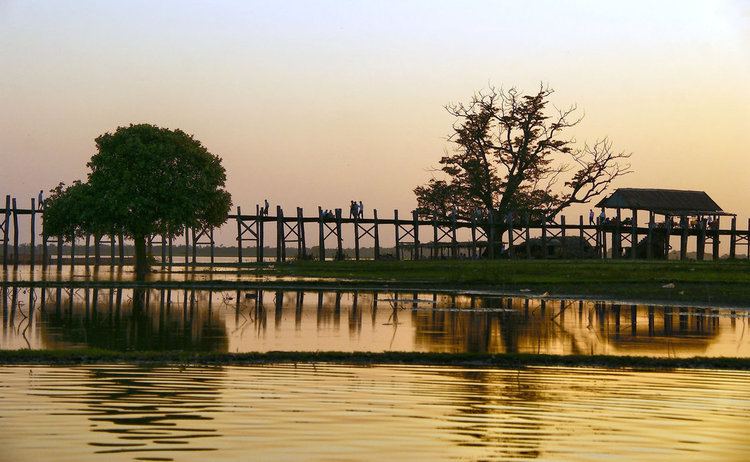
Lf morbidity survey amarapura township
Etymology
Amarapura comes from Pali: Amarapūra (အမရပုရ), which means "city of immortality."
History
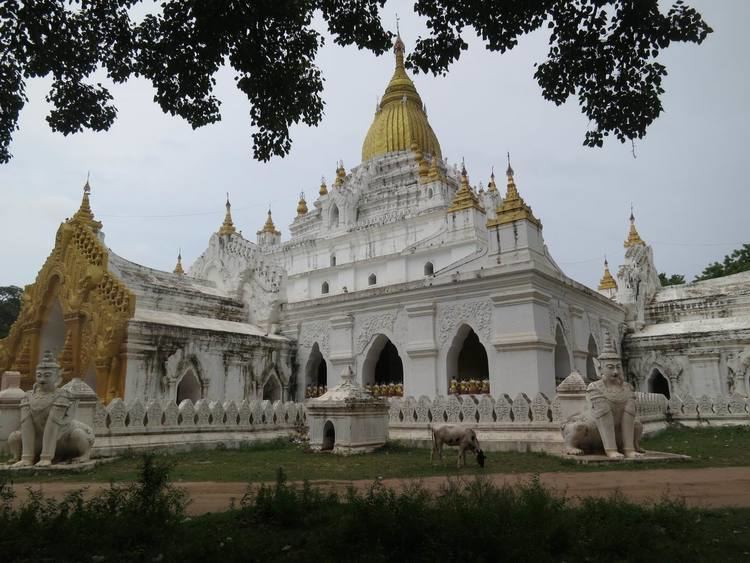
Amarapura was founded by King Bodawpaya of the Konbaung Dynasty. He founded Amarapura as his new capital in May 1783. The new capital became a center of Buddhist reforms and learning. In 1800, Buddhist clergy from Sri Lanka obtained higher ordination in this city and founded the Amarapura Nikaya (Amarapura sect).

Bodawpaya's grandson, King Bagyidaw moved the Court back to Ava in November 1821. Bagyidaw's successor King Tharrawaddy again moved the royal capital back to Amarapura in February 1842. In February 1857, King Mindon began building Mandalay as his new capital city, 11 km north of Amarapura. With the royal treasury depleted by the Second Anglo-Burmese War of 1852, Mindon decided to reuse as much material from Amarapura as possible in the construction of Mandalay. The palace buildings were dismantled and moved by elephant to the new location, and the city walls were pulled down for use as building material for roads and railways. Part of the moat is still recognizable near the Bagaya Monastery. The city officially ceased being the capital on 23 May 1859 when Mandalay took over that role.
Sights of interest
